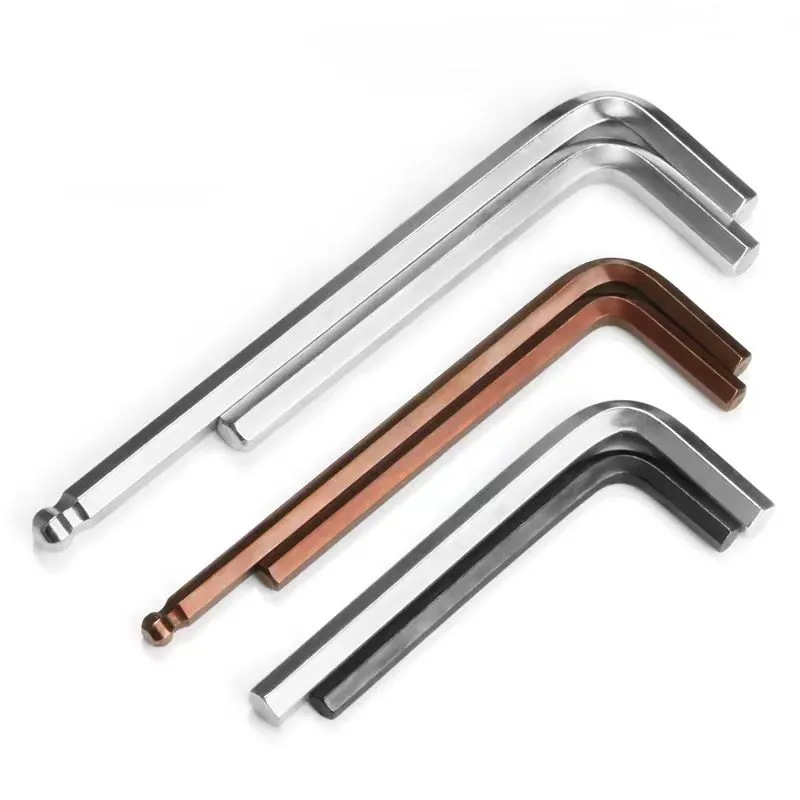

Understanding Fastener Dimensions for Accurate Engineering Applications
11월 . 09, 2024 05:59 Back to list
Understanding Fastener Dimensions for Accurate Engineering Applications
Understanding Fastener Dimensions A Comprehensive Guide
Fasteners play a crucial role in various industries, from construction to automotive manufacturing. Understanding the dimensions of fasteners is essential for engineers, designers, and technicians to ensure a proper fit, longevity, and performance of the assembled products. This article will delve into the significance of fastener dimensions, the common types of fasteners, and key considerations when selecting the right fastener for your projects.
The Importance of Fastener Dimensions
Fastener dimensions, including diameter, length, and thread size, are critical to achieving the desired strength and stability in an assembly. The right dimensions ensure that fasteners can withstand forces such as tension, shear, and torque without failure. A proper fit is vital, as it prevents issues such as loosening over time, deformation of materials, and overall structural failure.
In industries where safety is paramount, like aerospace and automotive, adhering to exact specifications is non-negotiable. Fasteners that do not meet their required dimensions can lead to catastrophic failures. Therefore, adherence to standardized dimensions and tolerances, often defined by organizations like the American National Standards Institute (ANSI) and the International Organization for Standardization (ISO), is imperative.
Common Types of Fasteners
There are several types of fasteners, each designed for specific applications. Here, we will discuss a few commonly used ones
1. Bolts Bolts have a cylindrical shape and are often used in conjunction with nuts. They come in various diameters and lengths. The dimensions are crucial because they determine the bolt's load-carrying capacity.
2. Nuts Nuts are used alongside bolts to create a secure joint. The internal dimensions of the nuts must match the external dimensions of the bolts used, as improper sizing can result in weak connections.
3. Screws Screws have a helical ridge and are often used to fasten materials together without a nut. Their dimensions vary widely, influenced by the material being fastened and the environment in which they will be used.
4. Washers Washers are flat pieces used to distribute the load of a fastener, prevent damage to the surface, and ensure a snug fit. Their dimensions must be compatible with both bolts and nuts.
fastener dimension

5. Rivets Rivets are permanent fasteners used to join two or more components. The dimensions of rivets vary according to the application and the materials being joined.
Key Considerations in Fastener Selection
When selecting fasteners, several factors must be taken into account, including
1. Load Requirements Determine the loads that the fastener will need to support. Calculate the required dimensions based on tensile, shear, and compressive forces.
2. Material Compatibility The materials being fastened can influence the choice of fastener. Different materials may require specific fasteners to ensure optimal performance.
3. Environmental Conditions Consider the environment where the fastener will be used. Exposure to moisture, heat, or chemicals may necessitate fasteners made from corrosion-resistant materials.
4. Safety Factors It’s important to incorporate safety factors into the design, which means selecting a fastener that can handle more load than what the application will typically require.
5. Standards and Specifications Always refer to relevant industry standards and specifications for dimensions and tolerances to ensure quality and compliance.
Conclusion
Fastener dimensions are fundamental to the integrity of mechanical assemblies. By understanding the importance of these dimensions and the various types of fasteners available, professionals can make informed decisions that enhance safety and reliability. Whether in manufacturing, construction, or any other field requiring assembly, the proper selection and application of fasteners are critical for success. As technology evolves and new materials emerge, staying updated on fastener developments and innovations will further enhance assembly practices in the years to come.
Latest news
-
Similarities and Differences Between Plain Washer and Spring Washer - Fastener Comparison Guide
NewsJun.10,2025
-
Effortless Installation Self-Drilling Window Screws - Fast, Secure, and Durable Fasteners
NewsJun.10,2025
-
Self Drilling Stucco Screws for Fast, Secure Installation Self Tapping & Self-Tapping Fasteners
NewsJun.10,2025
-
Premium Hot Dipped Galvanized Self Tapping Screws - Durable Corrosion Resistance
NewsJun.09,2025
-
Discover M12 Weld Stud Benefits & Applications Guide
NewsJun.09,2025
-
M25 Stainless Steel Washers High-Durability Fasteners for Corrosion Resistance
NewsJun.09,2025

